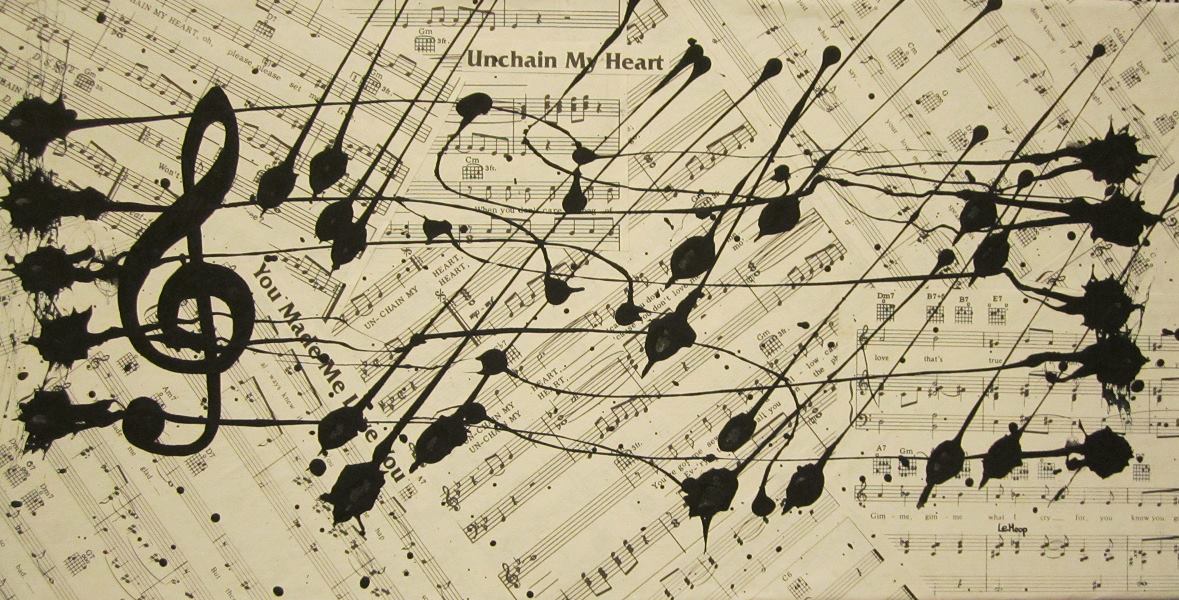The Art of Transcribing: A Deep Dive into Listening
Transcribing music is an art form that requires a keen ear, a deep understanding of music theory, and a lot of patience. It involves listening to a piece of music and writing it down in some form of musical notation. This could mean jotting down the melody, harmonies, rhythms, and even the nuances and expressions that make music what it is. It’s a practice that musicians across genres engage in to learn new pieces, analyze the work of others, or adapt music for different formats.
Transcribing music by ear is a valuable skill for any musician. It can help you improve your musical ear, your understanding of music theory, your creativity, and your ability to play by memory. It can also help you learn new songs, styles, and techniques and analyze and appreciate the music of your favorite artists.
The Essence of Transcription: Listening
At the heart of music transcription is the act of listening. But this isn’t just any ordinary listening. It’s a deep, focused, and analytical form of listening that goes beyond enjoying the melody or tapping along with the rhythm. When transcribing music, listening is about dissecting the layers of the music, identifying each note, chord, and rhythmical pattern, and understanding how they all fit together to create the overall sound.
Listening is also a skill that requires practice and patience. You cannot expect to transcribe music by ear in one go, especially if the music is complex or unfamiliar. You must listen to the music repeatedly and focus on one element at a time. You need to slow down the music and isolate the difficult or unclear parts. Compare and contrast different versions or interpretations of the music, and check your transcription for accuracy and consistency.
Why Slow Listening Matters
One of the most crucial concepts in music transcription is slowing down the music. Slowing down the playback allows the transcriber to hear the intricacies of the music more clearly, making it easier to pick out individual notes and chords. This is especially helpful when dealing with complex pieces or when the music involves fast passages that are difficult to decipher at full speed.
Slowing down also allows the transcriber to reflect on what they’re hearing, replay sections as needed, and ensure accuracy in their transcription. It’s about giving yourself the space to hear everything happening in the piece, from the foreground melodies to the background harmonies and everything in between.
What tools can help you with music transcription?
While transcribing music by ear is possible with just your ears and your instrument, some tools can make the process easier and more efficient. Here are some of the most common and useful tools for music transcription:
- Transcription Software: Programs like Transcribe! and Amazing Slow Downer allow you to slow down the music without altering the pitch. This is invaluable for hearing and transcribing complex parts.
- Digital Audio Workstations (DAW): Software such as Logic Pro, GarageBand, and Ableton Live can manipulate audio files, slow down tracks, and even isolate certain frequencies, which can be incredibly helpful when transcribing specific instruments in a mix.
- Notation Software: Once you’ve deciphered the music, notation software like Sibelius, Finale, or MuseScore can help you neatly notate your transcription. These programs offer a range of features to accurately represent music on paper (or screen), including various musical symbols, dynamics, and articulations.
- Quality Headphones: A good pair of headphones can make a world of difference in picking out the nuances in music. Look for headphones with a flat frequency response for the most accurate listening experience.
- Tuner or Pitch Detector: You want to have a way to check the tuning and the pitch of your instrument, as well as the notes you hear in the music. You can use a device, app, or website to help you tune your instrument and identify the notes you play or sing.
- Metronome or Rhythm Trainer: You want to have a way to check the tempo and rhythm of the music, as well as the timing and syncopation of your transcription. You can use a device, app, or website that can help you set the tempo, count the beats, and practice the rhythm.
Final Thoughts
The process of transcribing music is as rewarding as it is challenging. It sharpens your ear, deepens your understanding of music theory, and enhances your appreciation for the complexities of musical compositions. Listening—truly listening—is at the core of this process. It’s a skill that takes time to develop, but with patience and the right tools, anyone can learn to transcribe music. Remember, it’s not just about writing down notes; it’s about capturing the essence of the music itself.

